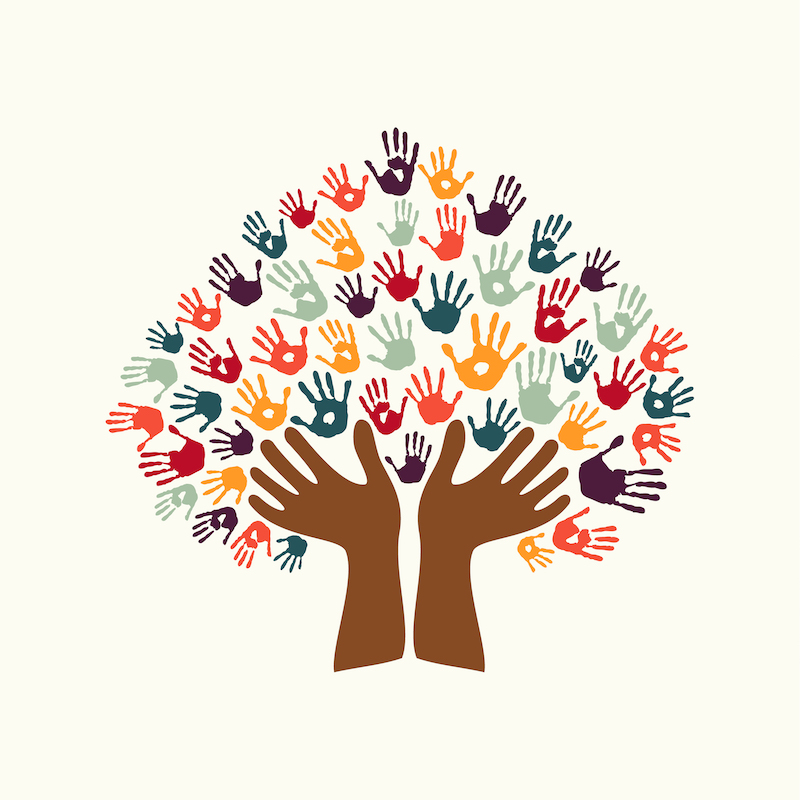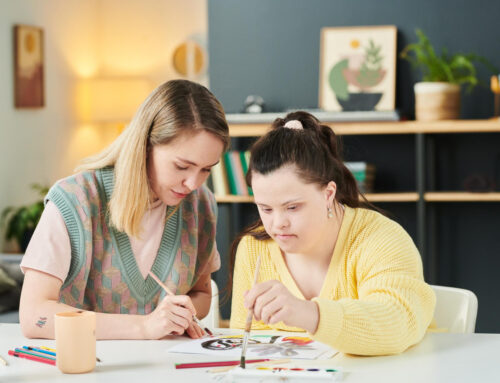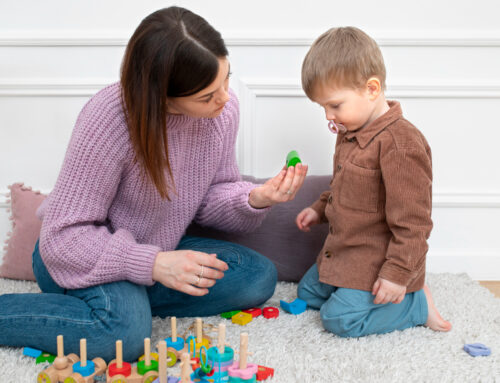
- Many of us recognize that the United States has earned a reputation for being the “melting pot” or “salad bowl” of the world. We have a wide distribution of cultures and ethnic backgrounds that make our country unique. Our population is comprised of many diverse groups including (but not limited to) Caucasian Americans (61%) Hispanic/Latin Americans (17%), African Americans (13%), Asian Americans (6%), Native Americans (1%), and Pacific Islander Americans (< 1%) (Statista.com, 2015) https://www.statista.com/statistics/270272/percentage-of-us-population-by-ethnicities/. Many states house communities of resettled refugees from across the world, and multiple households are made up of mixed ethnic groups that come with various languages, cultural nuances, and religious backgrounds.So, what does this have to do with home health occupational therapy for children? By its very nature, OT provides a holistic approach that views the bigger picture of someone’s life by assessing every little detail. Clients’/patients’ occupations or activities of choice are heavily influenced by their cultural traditions. Parents and guardians have expectations and communication styles for their children that are shaped by their family practices and ethnic, religious, and cultural history. In order for occupational therapy interventions to work, the therapist needs to acknowledge and incorporate that information into the child’s sessions. Here are a few examples:
- Language: Language and communication is probably one of the most impressive factor in therapy sessions. This includes considerations such as English as a first or second language, translation aids, etc. Some children are small enough that verbal communication is not quite an issue yet; however, carry-over of intervention in the home is conducted by parents/guardians of the child. The therapist would have to problem-solve getting around language barriers in order to better educate the adults in the child’s life.
- Religious practices/standards: For some families, religion is everything and provides the framework for a child’s life. Practices vary and may include daily prayers, sacred clothing, ceremonial or church attendance schedules, religious-based schooling, appropriate play and social activities in accordance with religious standards, etc.
- Food preferences: Some families in the U.S. have very typical, American food on their tables (i.e. pizza, hamburgers, hot dogs, etc.). For others, it might be food from unique ethnic groups (i.e. curries, rice-based meals, samosas, authentic Mexican tacos, Thai cuisine, etc.). Food preferences based on cultural influences will impact therapy sessions, especially if treatment takes a specific focus on self-feeding goals.
- Role assignments: This includes current and future roles/expectations that the parents/guardians have for the child. Do they expect the child to play, go to school, complete chores, and follow a bed-time routine similar to any other child in the U.S.? Or are their differences engrained in their routine that are deeply rooted in their cultural traditions?
Parents/guardians of children in cultural diverse families can be extremely helpful resources to OT in order to better create an intervention plan that will effectively work for their child. Here are some ways in which you can help:
- Don’t be shy. During the initial evaluation process, do your very best in sharing details about your cultural preferences and how those preferences influence your child’s development. Often-times, occupational therapists are avid learners and are highly interested in gaining as much knowledge as possible about your family before starting intervention.
- Suggest a translator. If you think language barriers might be an issue during therapy, discuss the possibility of recruiting a translator. This could be a translator provided by the home health company (if one is available in the area) or someone in your family or social group.
- Let the therapist know when changes need to be made. If the OT is performing activities with the child that are cultural inappropriate or irrelevant to the child’s life, bring it up! For the most part, OTs come with a generic bag of tricks that can serve well for just about any child; however, if you feel that there is a play activity, a daily living task, an academic activity, or a chore that is not pertinent to the child’s life, let your therapist know so they can realign their focus on the tasks that matter.
- Openly discuss ideas and activities for your child’s plan-of-care. Always be ready to make suggestions to the therapists about activities that your child can participate in. As a parent or a guardian, you know your child best and can introduce the best tasks that can be used in therapy sessions regardless of cultural traditions.





